Scientists Take A Deeper Look Into What Could Have Caused The ‘Snaking Scar’ On Mars
Aganippe Fossa, a giant scar on Mars, was first spotted in 1930. This scar is longer than the Grand Canyon, stretching approximately 373 miles.
Recent high-resolution images from the ESA’s Mars Express spacecraft have provided a closer look at this mysterious feature and what could have possibly caused it to form.
Location and Description
The scar cuts across the lower flank of Arsia Mons, one of Mars’ largest volcanoes. ESA describes it as “a dark, uneven scar slicing through marbled ground at the foot of a giant volcano.”

Source: ESA/DLR/FU Berlin
It also has steep walls on either side, creating a dramatic landscape.
Arsia Mons Volcanic Region
Arsia Mons, where Aganippe Fossa is located, is part of the Tharsis volcanic region on Mars. This area includes several colossal volcanoes, such as Olympus Mons, the tallest volcano in the known solar system.

Source: Toby Elliott/Unsplash
Arsia Mons itself measures 270 miles in diameter and rises more than 5.5 miles above the surrounding plains.
Mars Express Mission
Mars Express, launched by the ESA in 2003, has been orbiting the Red Planet, providing valuable data. It captures detailed images of Mars’ surface, maps its minerals, and studies the composition and circulation of its atmosphere.
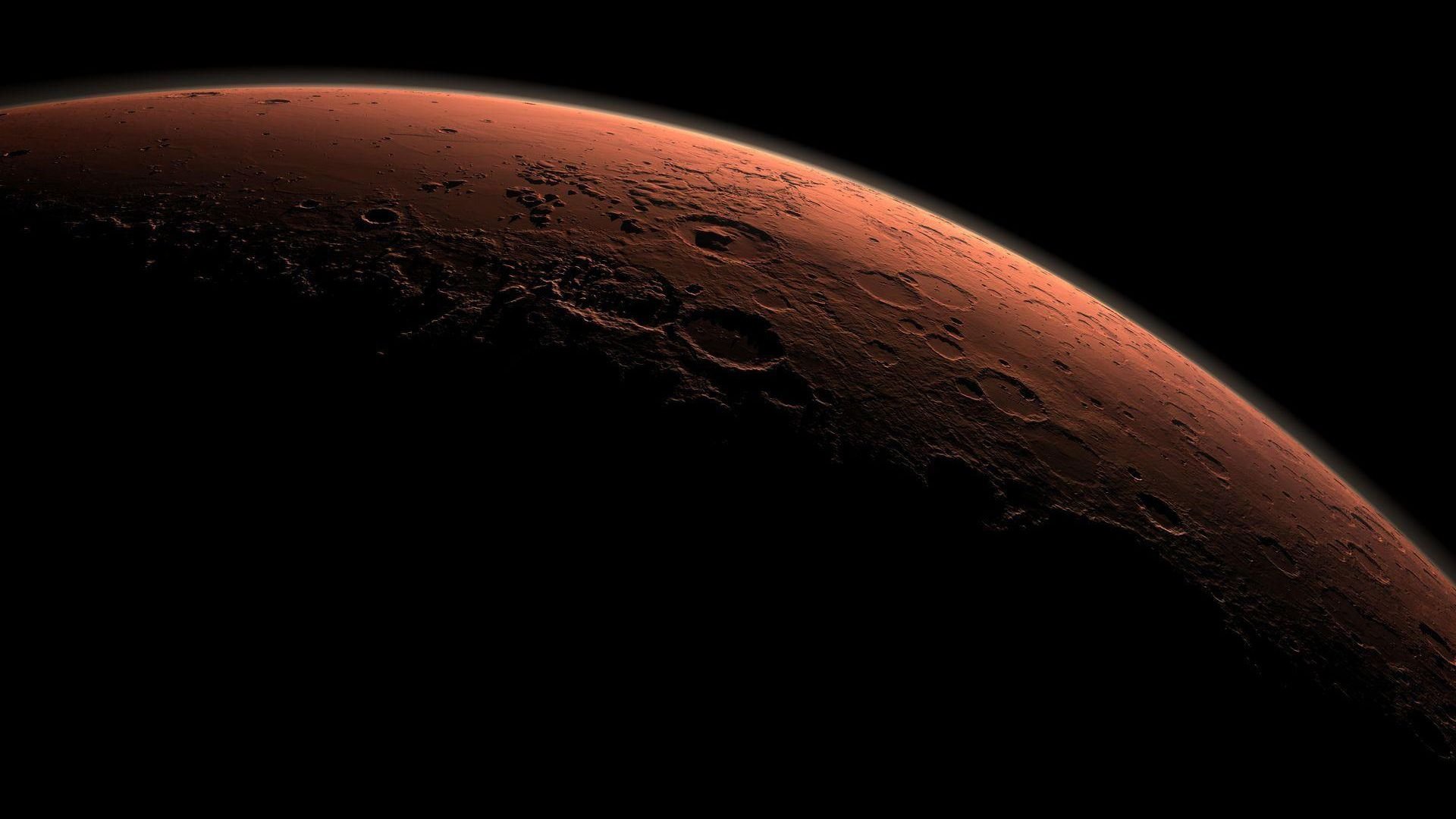
Source: Mathew.vargheese/Wikimedia Commons
The mission continues to reveal fascinating aspects of Martian geology.
Geological Formation Theories
Scientists believe that Aganippe Fossa was likely formed as magma rising beneath the Tharsis volcanoes caused Mars’ crust to stretch and crack.
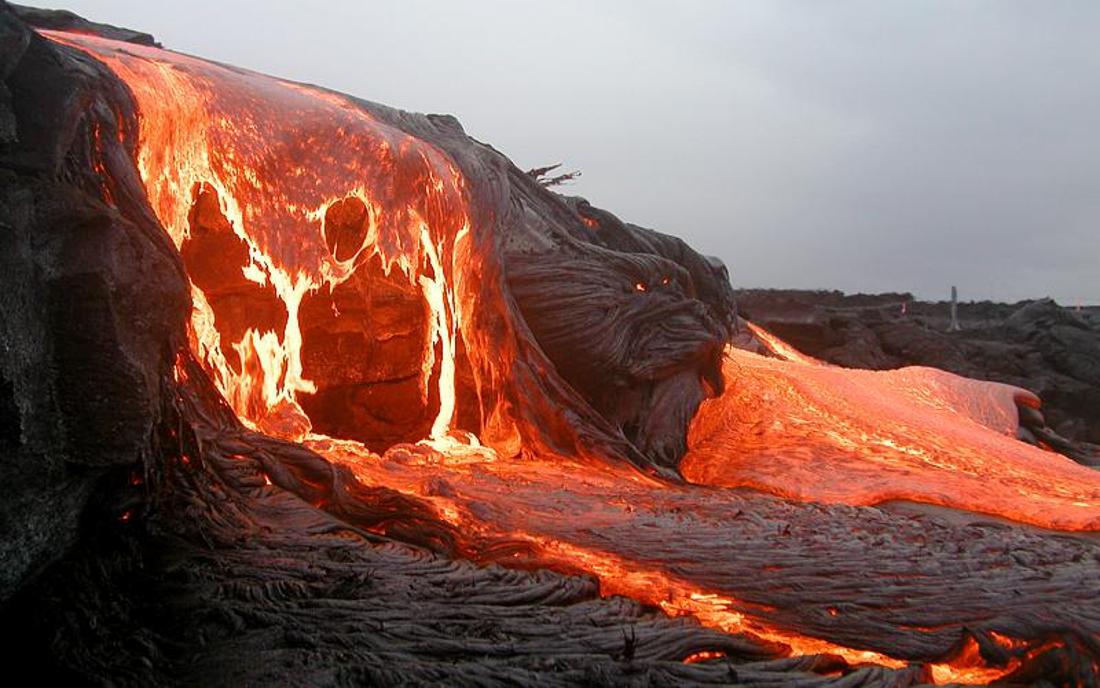
Source: Wikimedia
This process could have created the long, steep-walled ditch we see today. However, the exact timeline and details of its formation remain a mystery.
Comparison with Earth
For comparison, the highest dormant volcano on Earth is Ojos del Salado on the Argentina-Chile border, which almost 4.3 miles high.

Source: Tetiana Grypachevska/Unsplash
In comparison, Arsia Mons is significantly larger, highlighting the scale of Martian geological features.
Ongoing Research
Scientists continue to study Aganippe Fossa and the Tharsis region to understand better how these massive geological structures formed.

Source: Wikimedia
The data collected by Mars Express helps researchers piece together the history of volcanic activity on Mars.
The Role of Mars Express
Mars Express plays a crucial role in exploring Mars. Its instruments not only capture images but also probe beneath the surface, revealing hidden layers and structures.
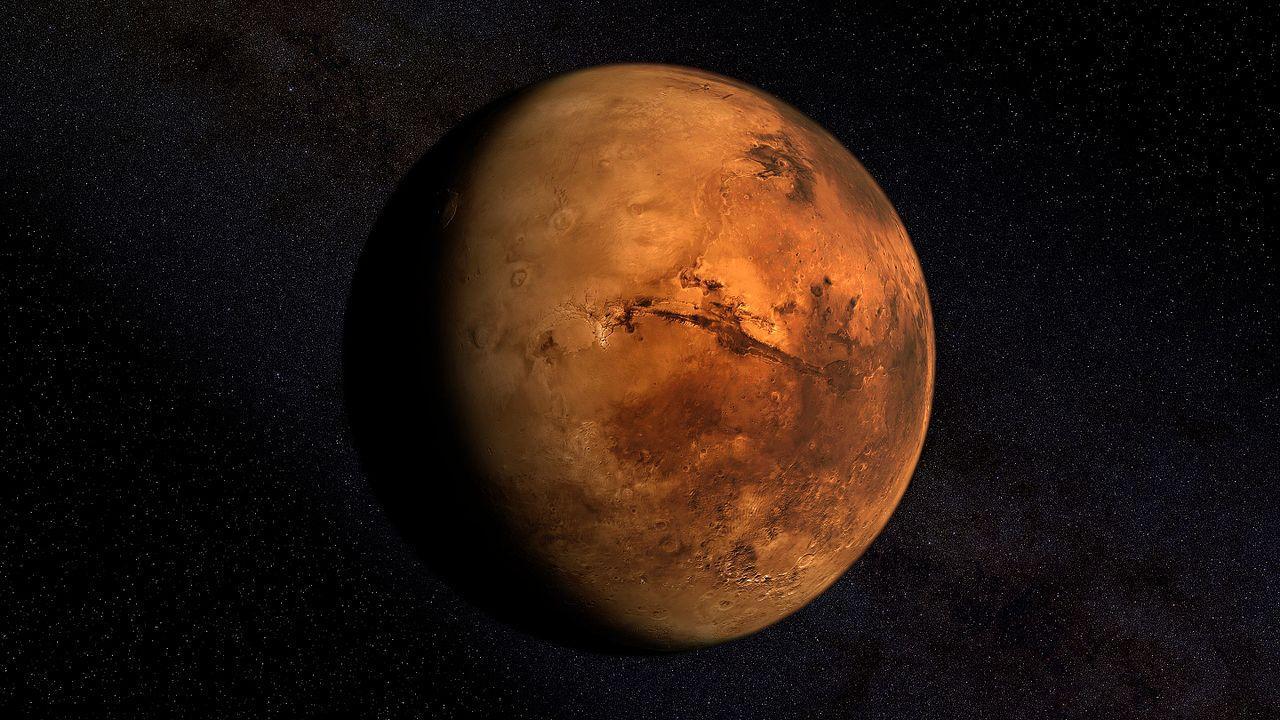
Source: Wikimedia
This far-reaching information is vital for understanding the planet’s geological history.
Martian Volcanic Activity
The Tharsis region, home to Arsia Mons and Aganippe Fossa, is known for its extensive volcanic activity.
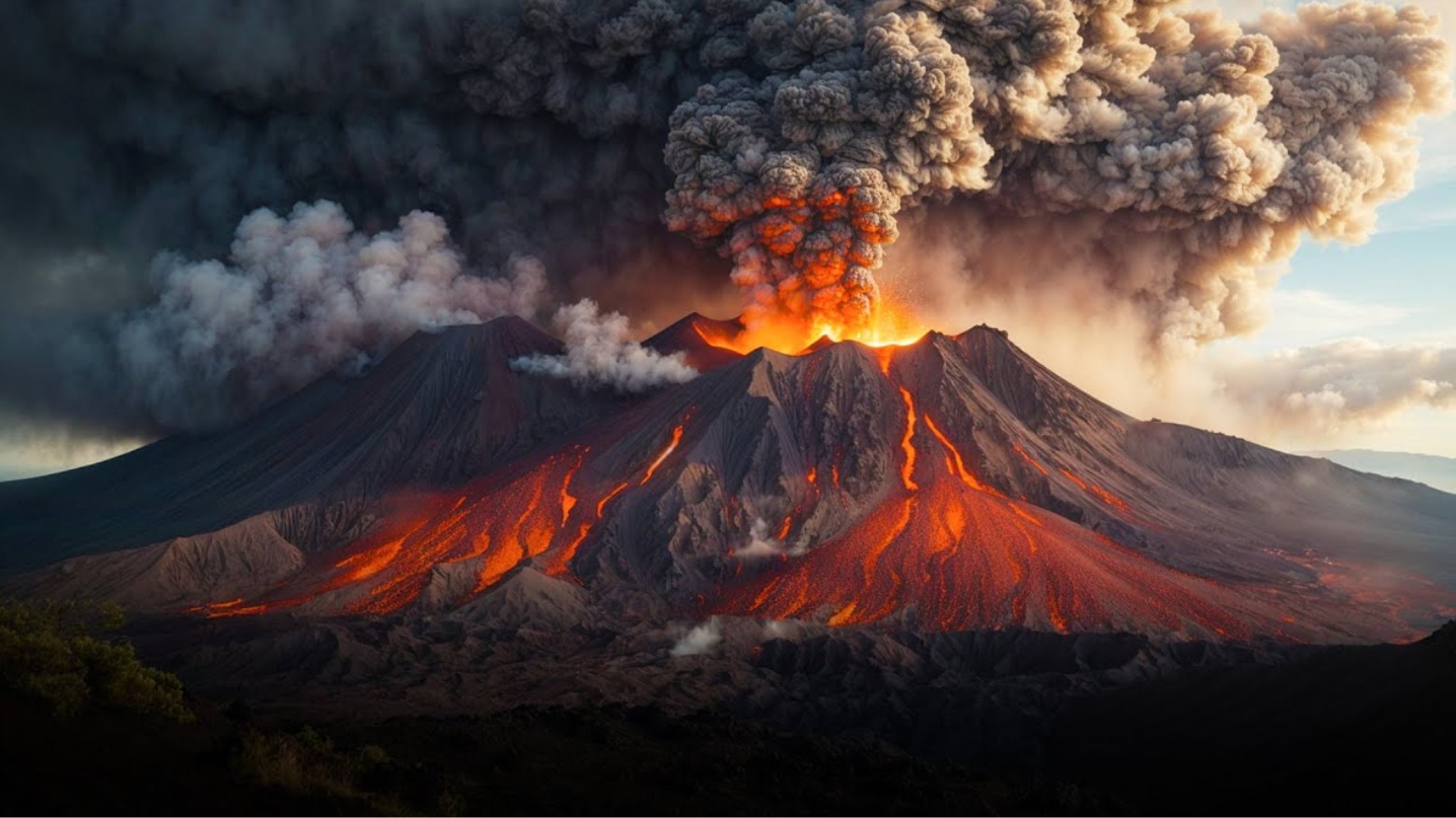
Source: @NakedScience/YouTube
The volcanoes in this area are some of the largest in the solar system, and their formation processes are a key focus of Martian geological research.
The Impact of Volcanism
The massive volcanic activity in the Tharsis region likely had a significant impact on Mars’ crust and surface features.

Source: Ezi Tnudz/Unsplash
Understanding these processes can help scientists compare them with similar geological phenomena on Earth and other planets.
Future Missions
Future missions to Mars aim to continue the work started by Mars Express.
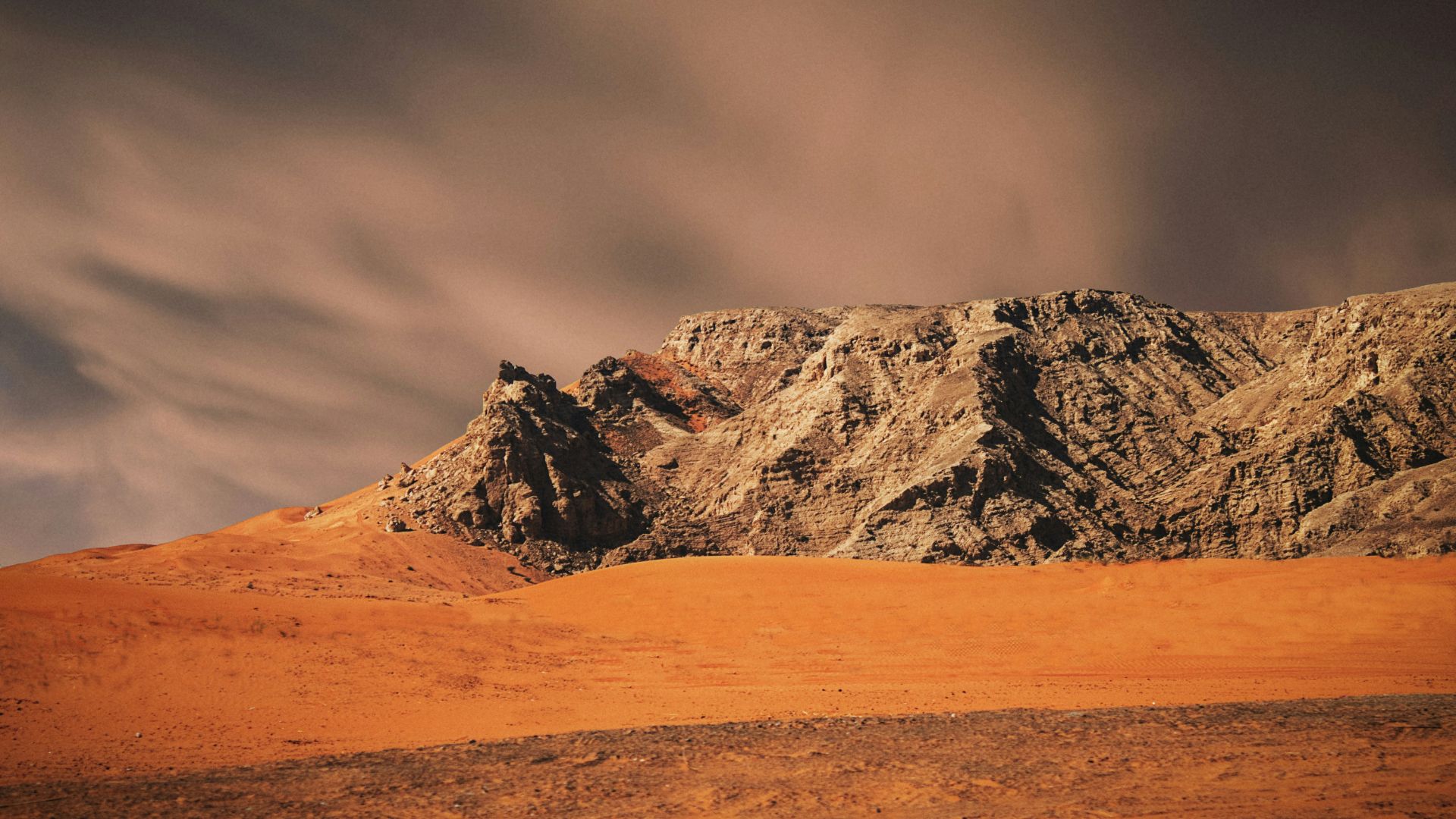
Source: Malik SHibly/Unsplash
These missions will likely provide even more detailed data, helping scientists unravel the mysteries of Martian geology, including the origins of features like Aganippe Fossa.
The Importance of Mars Exploration
Exploring Mars provides critical insights into the geological processes that shape planets.
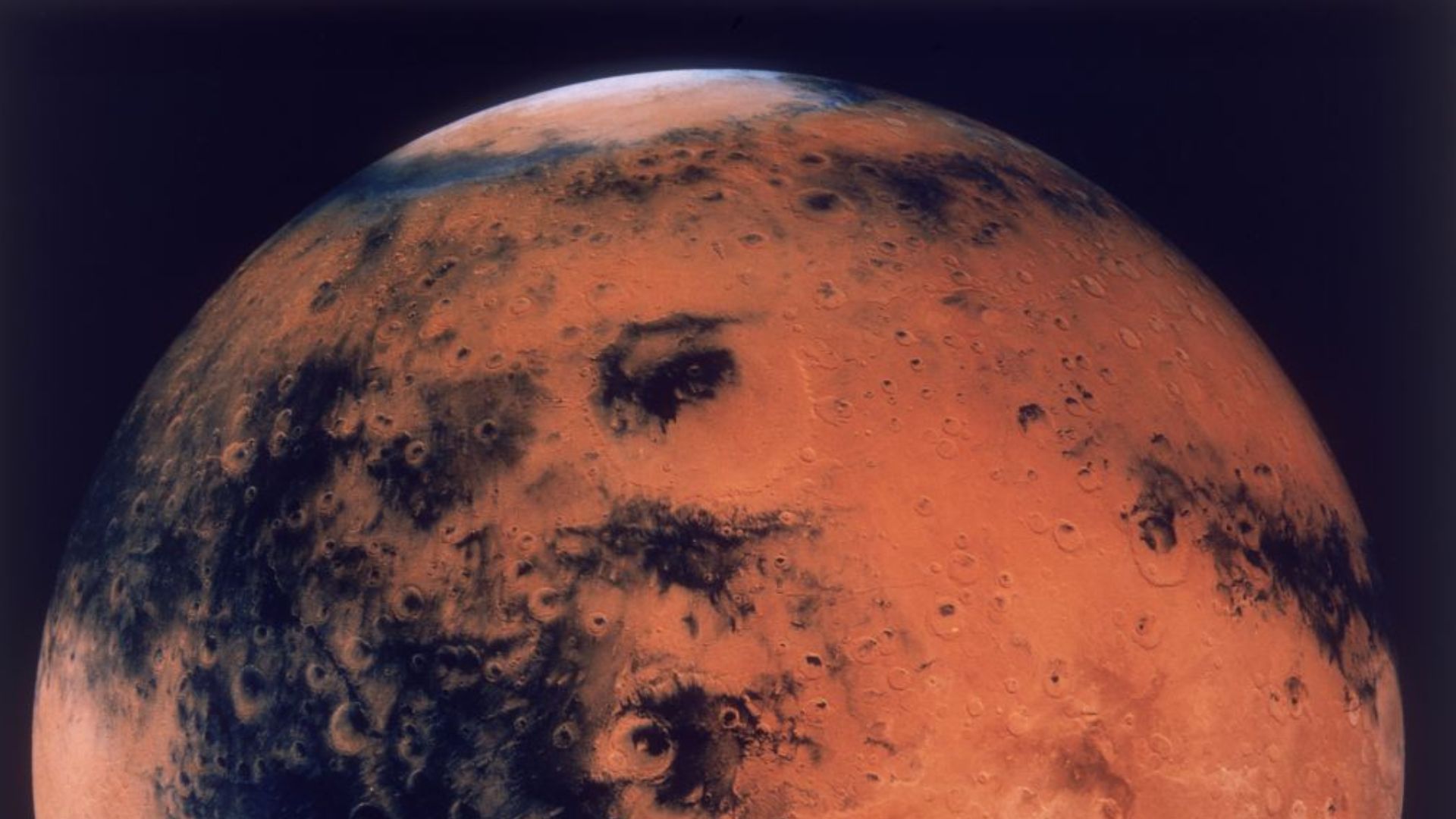
Source: Space Frontiers
Studying features like Aganippe Fossa helps scientists understand not just Mars but also the broader mechanisms of planetary formation and evolution in our solar system.
